Thermal Decomposition of Ammonium Paratungstate in Hydrogen
- Details
- Category: Tungsten Information
- Published on Tuesday, 10 November 2020 12:00
- Hits: 1704
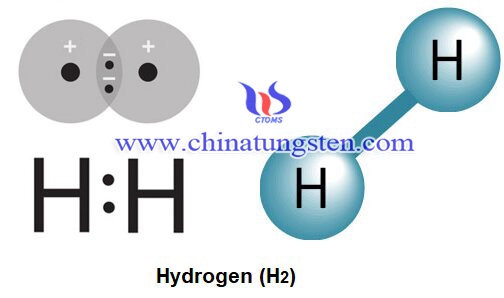
Thermal decomposition of ammonium paratungstate (APT) in air has been investigated previously. The thermal decomposition of ammonium paratungstate (APT) in hydrogen (H2) now has been studied to investigate the decomposition process.
Preparation Of Ammonium Paratungstate Using Low Grade Tungsten Concentrate
- Details
- Category: Tungsten Information
- Published on Tuesday, 10 November 2020 11:47
- Hits: 1691
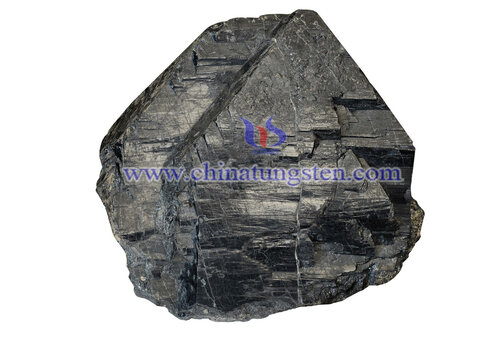
Low grade tungsten concentrate has such characteristics as a high content of calcium and impurities, and a low content of WO3. But it has a lower price than standard tungsten concentrate.
Low-Temperature Hydrothermal Reduction of Ammonium Paratungstate
- Details
- Category: Tungsten Information
- Published on Tuesday, 10 November 2020 11:02
- Hits: 1690
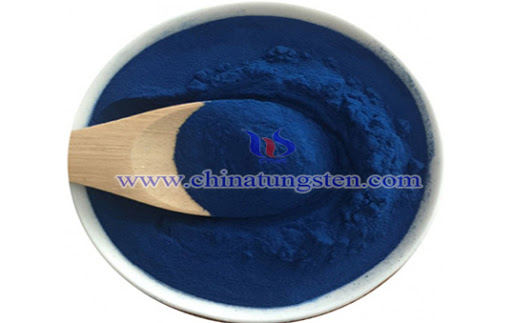
Ammonium paratungstate (APT), is an important starting material in tungsten industry. Through reduction of APT, produces most of the tungsten products, including tungsten trioxide, tungsten bronze, etc.
Tungsten Alloy Application – Military Industry
- Details
- Category: Tungsten Information
- Published on Friday, 06 November 2020 18:47
- Hits: 1897
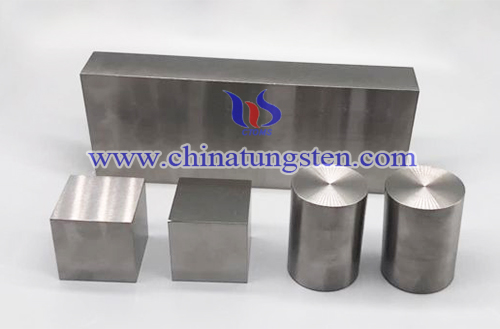
Tungsten alloy application in military industry is mainly for aerospace, weapon and nuclear industry. Tungsten alloy (WHA) is heavy metal with main content of tungsten 90~97%, and other elements, such as copper, nickel, iron, manganese, and molybdenum.
Tungsten Heater for Coating Alcohol Bottle
- Details
- Category: Tungsten Information
- Published on Wednesday, 04 November 2020 18:40
- Hits: 1657
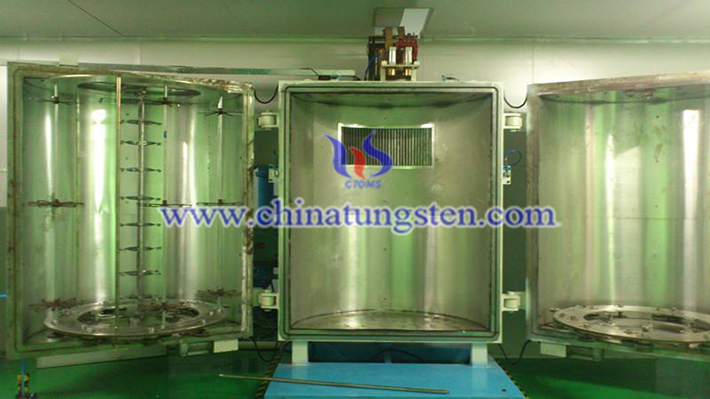
It seems that there is no correction between tungsten heater and alcohol bottle, however, they are related together by the vacuum coating furnace, which can make the bottles with colorful surface.
Comparing Thermal and Mechanochemical Decomposition of Ammonium Paratungstate (APT)
- Details
- Category: Tungsten Information
- Published on Friday, 30 October 2020 00:40
- Hits: 1701
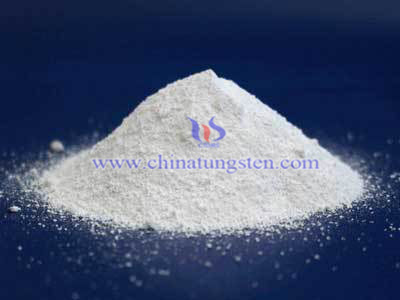
Ammonium paratungstate (APT) is common starting material in the synthesis of tungsten products. Thermal decomposition of ammonium paratungstate (APT) in air leads to production of tungsten trioxide (WO3) which can be used as a catalyst. WO3 is also a common precursor material for manufacture of tungsten metal powder, which has been applied in the fields of lightings, electronics, and high-temperature resistant material.
Impact of Synthesis Conditions on WO3 Powders from Ammonium Paratungstate
- Details
- Category: Tungsten Information
- Published on Friday, 30 October 2020 00:29
- Hits: 1790
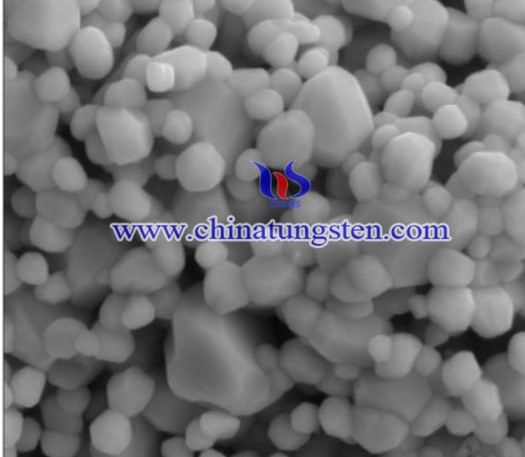
Transition element oxides are of great interest for both fundamental science and technological applications due to their multifunctional properties. Tungsten oxides WOx , where 2 ≤ x ≤ 3, are among the most important substances from this large group. Nowadays they are commonly used as photocatalysts, gas sensors, and electrochromic materials. There are also some new applications of WOx for dyesensitized solar cells, optical data storage and field-emission displays. Besides, cation-doped WOx is considered as high-Tc superconductor
Recovery of High-grade Ammonium Paratungstate from Alkaline Leach Liquor
- Details
- Category: Tungsten Information
- Published on Thursday, 29 October 2020 00:56
- Hits: 1800
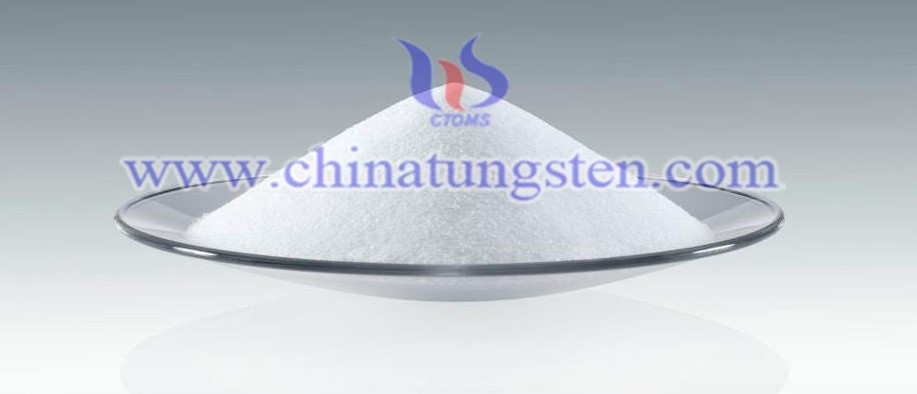
Tungsten products are excellent material having widely applications in different fields such as catalyst, alloys, and hard tools, due to its various characteristics. Ammonium paratungstate (APT) is the precursor material for most tungsten products.
Dissolving Behavior of Ammonium Paratungstate
- Details
- Category: Tungsten Information
- Published on Thursday, 29 October 2020 00:51
- Hits: 1814
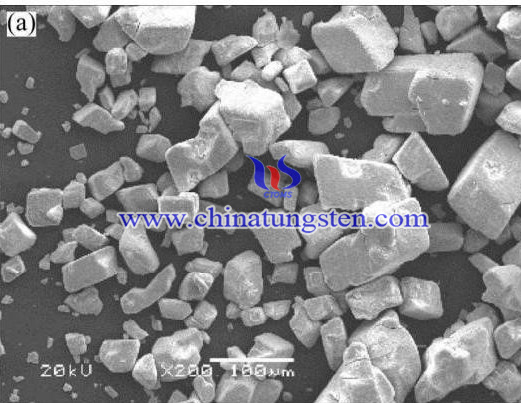
Ammonium paratungstate (APT) is an important intermediate in the process of tungsten metallurgy. With APT, most tungsten products can be produced. The conventional methods for most of the commercial production of APT are caustic soda leaching and soda ash leaching.
Synthesis of Tungsten Oxide Nanobricks Using Ammonium Paratungstate
- Details
- Category: Tungsten Information
- Published on Thursday, 29 October 2020 00:41
- Hits: 1817
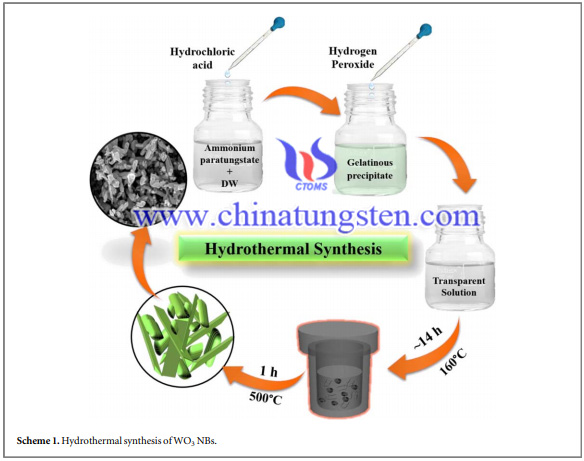
WO3 is a popular and least bothered an n-type semiconductor with promising electrochemical properties, a high surface area, a small pore-size distribution, with several exciting chemical and physical properties, which have made it a appropriate material for various applications such as catalysts, gas sensors, and energy storage applications[5]. Up till, myriads of chemical and physical preparation methods like thermal evaporation, chemical vapor deposition, the sputtering, and colloidal suspension, have been applied for the synthesis of WO3 nanostructures of different phases and morphologies; nanoparticles, nanofiber, nanorods and nanowires. All reported synthesis methods could be either expensive, time consuming or tedious, with huge hazardous waste as toxic byproducts.



 sales@chinatungsten.com
sales@chinatungsten.com